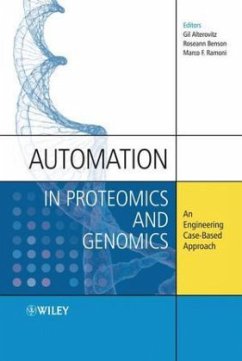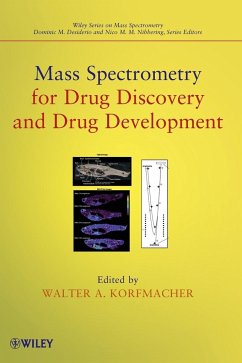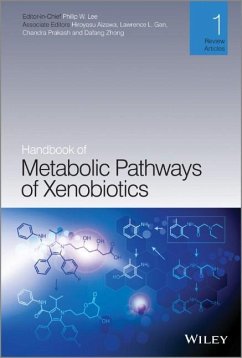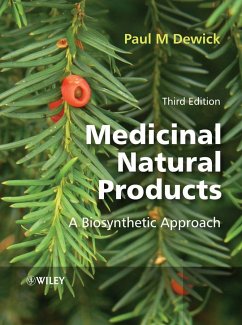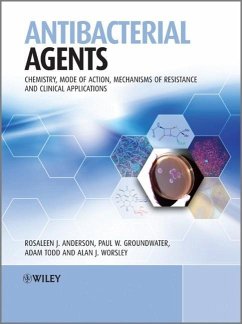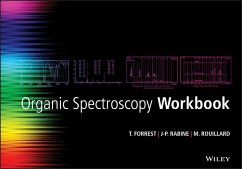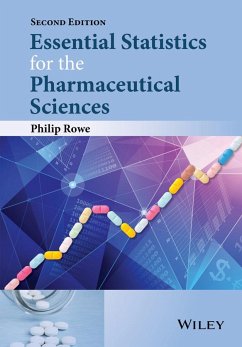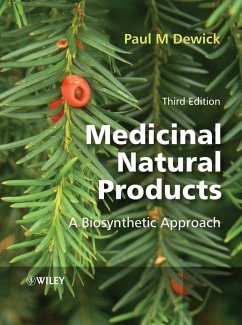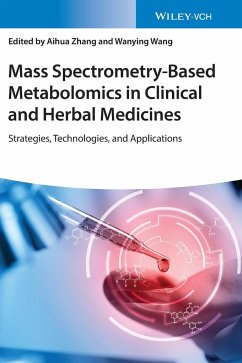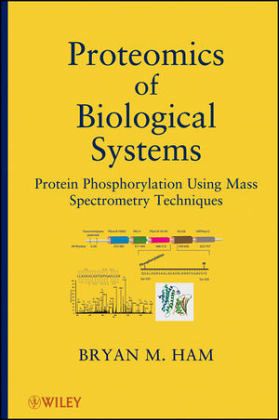
Proteomics of Biological Systems
Protein Phosphorylation Using Mass Spectrometry Techniques
Versandkostenfrei!
Versandfertig in über 4 Wochen
157,99 €
inkl. MwSt.
Weitere Ausgaben:

PAYBACK Punkte
79 °P sammeln!
Phosphorylation is the addition of a phosphate (PO 4 ) group to a protein or other organic molecule. Phosphorylation activates or deactivates many protein enzymes, causing or preventing the mechanisms of diseases such as cancer and diabetes. This book shows how to use mass spectrometry to determine whether or not a protein has been correctly modified by the addition of a phosphate group. It also provides a combination of detailed, step-by-step methodology for phosphoproteomic sample preparation, mass spectral instrumental analysis, and data interpretation approaches. Furthermore, it includes t...
Phosphorylation is the addition of a phosphate (PO 4 ) group to a protein or other organic molecule. Phosphorylation activates or deactivates many protein enzymes, causing or preventing the mechanisms of diseases such as cancer and diabetes. This book shows how to use mass spectrometry to determine whether or not a protein has been correctly modified by the addition of a phosphate group. It also provides a combination of detailed, step-by-step methodology for phosphoproteomic sample preparation, mass spectral instrumental analysis, and data interpretation approaches. Furthermore, it includes the use of bioinformatic Internet tools such as the Blast2GO gene ontology (GO) tool, used to help understand and interpret complex data collected in these studies.




